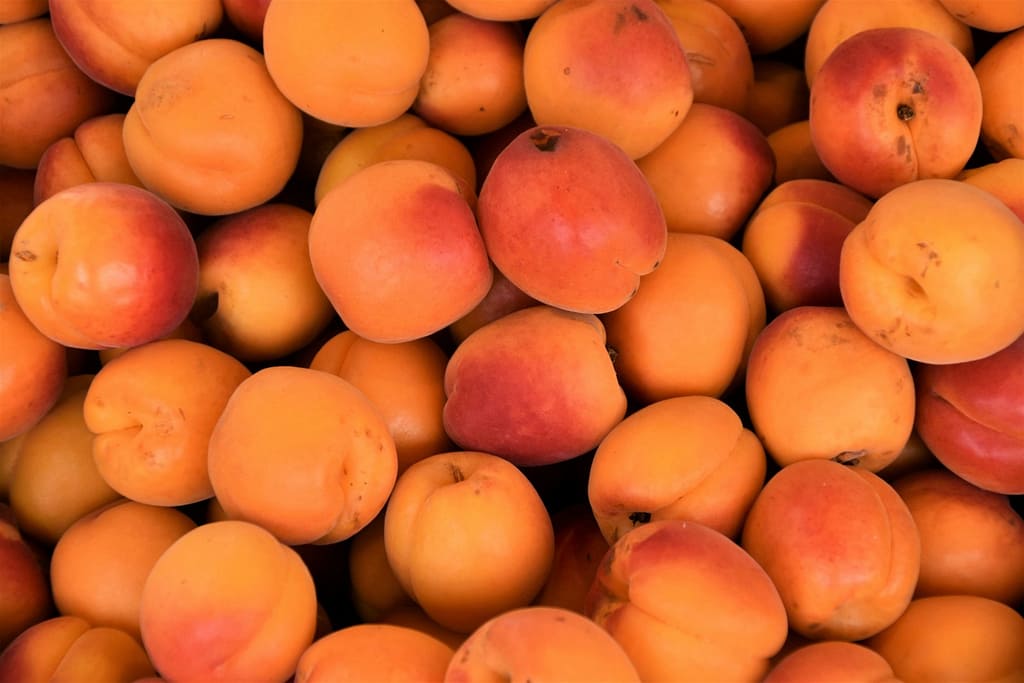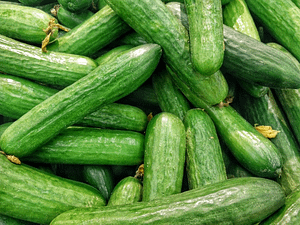
Introduction
Water hyacinth, a captivating aquatic plant belonging to the Pontederiaceae family, is a true marvel of nature. With its ability to float effortlessly on water, this tropical beauty has captured the attention of botanists and nature enthusiasts alike. In this article, we will delve into the intriguing characteristics, origin, and significance of water hyacinth.
The Structure of Water Hyacinth
Water hyacinth boasts a unique structure consisting of long, spongy stalks adorned with feathery flowers. These flowers are surrounded by thick-stalked leaves that allow the plant to effortlessly float on water. The leaves themselves are impressive, measuring 10-20 cm wide and adding to the plant’s overall beauty.
A Splash of Color
One cannot help but be mesmerized by the vibrant colors of the water hyacinth flower. Ranging from lavender to pink, these delicate blooms are composed of six petals, creating a stunning visual spectacle. Whether seen up close or from a distance, the water hyacinth flower never fails to captivate.
Water Hyacinth: Absorb Water
As the name suggests, water hyacinth thrives in aquatic environments. With its ability to absorb and retain water, this plant is composed of approximately 95% water. This high water content contributes to the plant’s unique ability to float effortlessly on the water’s surface.
Cultivation and Origin
The water hyacinth finds its origins in the Amazon region of South America. It is here that this remarkable plant is extensively cultivated, taking advantage of the tropical climate and abundant water sources. Over time, water hyacinth has spread to various parts of the world, adapting to different environments and becoming a familiar sight in many water bodies.
The Environmental Impact
While water hyacinth may be aesthetically pleasing, its rapid growth and spread can have significant environmental consequences. When left unchecked, water hyacinth can form dense mats on the water’s surface, blocking sunlight and depleting oxygen levels, which can harm aquatic life. Additionally, these mats can hinder water transportation and impede recreational activities.
Utilizing Water Hyacinth
Despite the challenges posed by its rapid growth, water hyacinth can also be harnessed for various beneficial purposes. One such application is its use in wastewater treatment. Due to its high water absorption capabilities, water hyacinth can help in purifying contaminated water by absorbing pollutants and excess nutrients.
Water hyacinth can also be utilized in the creation of handicrafts and sustainable products. The plant’s fibrous stalks can be woven into baskets, mats, and even furniture, providing economic opportunities for local communities while also promoting eco-friendly practices.
Managing Water Hyacinth
To prevent the uncontrolled spread of water hyacinth and mitigate its negative impact on ecosystems, various management strategies have been employed. These include manual removal, the introduction of biological control agents, and the implementation of mechanical methods to control its growth. By adopting these measures, we can strike a balance between appreciating the beauty of water hyacinth and protecting our aquatic environments.
Conclusion
Water hyacinth, with its floating elegance and vibrant blooms, is truly a wonder of the natural world. From its origins in the Amazon to its global presence, this aquatic plant has both captivated and challenged us. By understanding its unique structure, appreciating its environmental impact, and exploring its potential applications, we can ensure the responsible management of water hyacinth while preserving its beauty for generations to come.

